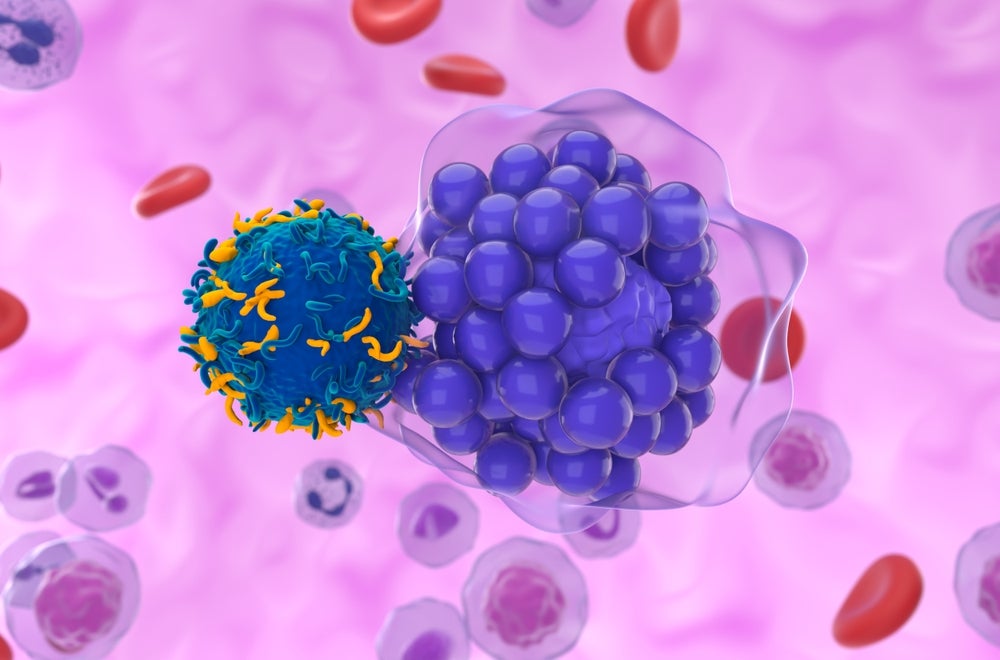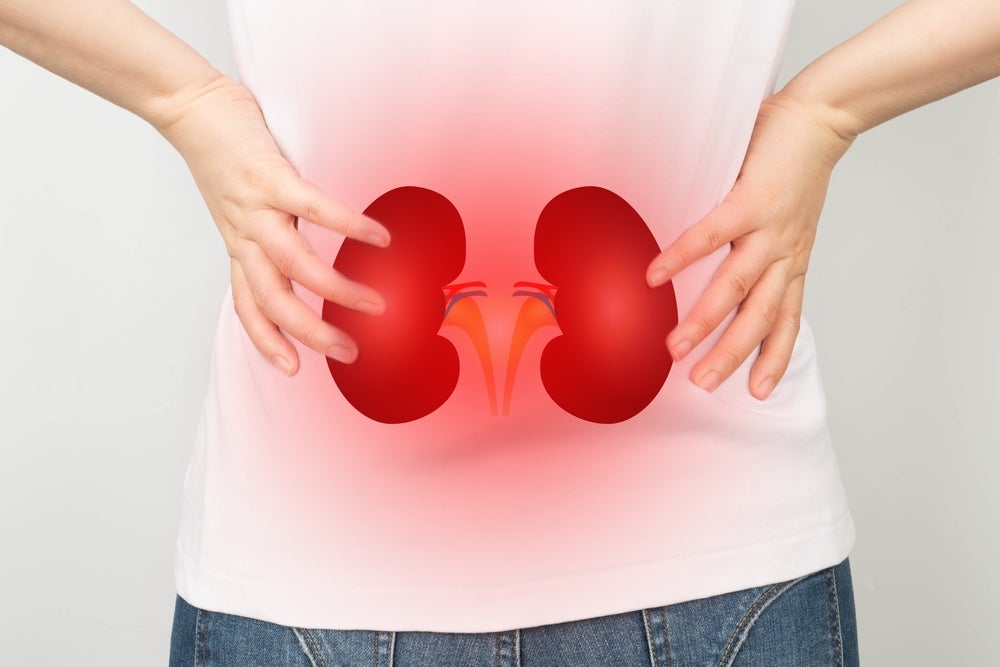Bayer, J&J’s Xarelto Shown to Reduce Ischemia Risk For PAD Patients
Patients suffering from peripheral arterial disease (PAD) frequently require lower extremity revascularization (LER), a medical technique that can unblock obstructed arteries in the legs. In PAD, blood arteries that provide blood to the legs become narrow. Atherosclerosis, or the accumulation of fatty plaque in the arteries, is a major cause. While PAD can occur in […] The post Bayer, J&J’s Xarelto Shown to Reduce Ischemia Risk For PAD Patients appeared first on LifeSci Voice.

Patients suffering from peripheral arterial disease (PAD) frequently require lower extremity revascularization (LER), a medical technique that can unblock obstructed arteries in the legs.
In PAD, blood arteries that provide blood to the legs become narrow. Atherosclerosis, or the accumulation of fatty plaque in the arteries, is a major cause. While PAD can occur in any blood artery, it often affects the legs.
Although it has the potential to save lives and limbs by avoiding blood clots and other issues related to poor circulation, it also has the potential of unleashing the same disease it is meant to prevent, known as acute limb ischemia.
Ischemia, a loss of blood circulation, can be deadly or cause lifelong impairment or amputation, and occurs four times more frequently in individuals who have undergone LER. Traditionally, aspirin has been the gold standard for treating PAD patients before and after LER. Nevertheless, the phase 3 VOYAGER PAD clinical research found that adding Bayer and Johnson & Johnson’s Xarelto improved results beyond what would have been expected by chance alone.
The huge experiment comprised 6,564 PAD patients from 34 countries, and it found that a 2.5 mg twice-daily dosage of Xarelto coupled with 100 mg daily of aspirin following LER decreased the risk of ischemia by almost 35% compared to aspirin only. The combination also reduced severe negative limb and cardiovascular events by 15%. These results remained stable after 30 days, 90 days, and even three years.
The primary investigator of the trial, Marc Bonaca, M.D., was taken aback by both the magnitude of the findings and their capacity to be maintained over time. “The reduction of these really bad limb complications early after the procedure was really large. I think that was impressive for what we usually see in cardiovascular disease,” Bonaca remarked in an interview.
Individuals who had previously experienced LER were included in another prespecified research study from the same trial that was presented at the ACC two years prior. This study showed that taking Xarelto in combination with aspirin reduced the risk of clot-related events such as acute clots in the arms and legs, amputation, cardiac arrest, stroke, and cardiovascular death by almost 15% compared to taking aspirin alone.
In the latter part of 2021, the FDA granted approval for an extended application for Xarelto, allowing it to be used to treat patients suffering from PAD who have just undergone LER. In 2018, the FDA authorized Xarelto for the treatment of PAD, and it is still the only anticoagulant that is recommended for this disease.
In 2011, Xarelto was given the green light by regulators to help lower deep vein thrombosis risks for hip replacement patients. After two full years on the market, it became a smashing success. As of last year, global sales were down to $7.2 billion from their all-time high in 2021, when they totaled $7.5 billion. The earliest that the U.S. might see the entry of generic competition would be 2024.
The post Bayer, J&J’s Xarelto Shown to Reduce Ischemia Risk For PAD Patients appeared first on LifeSci Voice.
What's Your Reaction?

































